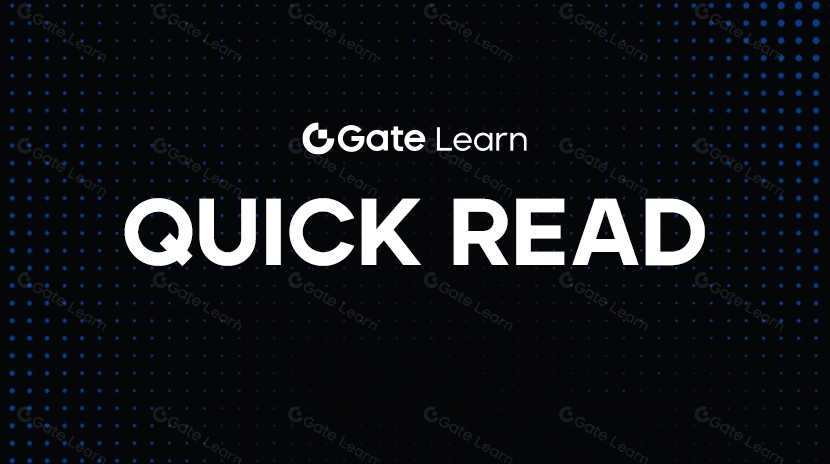2025年にビットコインマイニングを始めるための初心者ガイド

画像ソース:https://www.investopedia.com/tech/how-does-Bitcoin-Mining-work/
ビットコインマイニングは、2025年においても仮想通貨エコシステムの最も基本的な側面の1つであり続けています。マイニングの環境は競争が激しく、技術的にも進化しており、これまで以上に初心者がダイブする前に基本をしっかり理解しておくことが重要です。利益を得るためにマイニングをするか、ブロックチェーンをサポートするためにするかにかかわらず、このガイドではビットコインマイニングの開始方法、必要なツール、そして瞬く間に変化する環境で収益を維持する方法を解説します。
ビットコインマイニングの理解
ビットコインマイニングとは何ですか?
ビットコインマイニングは、新しいビットコインが作成され、流通供給に追加されるプロセスです。これはまた、ビットコインブロックチェーン上の取引を検証し記録するための重要なメカニズムでもあります。このプロセスは、Proof of Work(PoW)として知られるコンセンサスアルゴリズムによって支えられています。
マイナーは専用のハードウェアを使用して複雑な数学パズルを解くことで競い合います。パズルを解いた最初のマイナーは、新しいブロックをブロックチェーンに追加する権利を得て、ブロックに含まれる取引手数料と共に新しく鋳造されたビットコインで報酬を受け取ります。
ビットコインマイニングには主に2つの目的があります:
ネットワークの保護: トランザクションを検証するために計算作業を要求することにより、ネットワークは詐欺や二重支払いに対して保護されています。
新しいビットコインの発行: マイニングは、21百万BTCでキャップされたデフレモデルに従い、新しいビットコインが流通に導入される唯一の方法です。
興味深い事実:2025年初頭時点で、1960万ビットコイン以上がすでに採掘されています。
ビットコインのマイニングはどのように機能しますか?
ビットコインのマイニングがどのように機能するかを簡単に説明します:
トランザクションプール:ユーザーがBTCを送信すると、取引はmempoolとして知られるプールに入ります。
ブロックアセンブリ:マイナーはメンプールからトランザクションを選択し、候補ブロックにグループ化します。
ハッシュ化プロセス:マイナーはブロックのデータを暗号ハッシュ関数に通し、特定のターゲット値(現在のマイニング難易度によって決まる)より小さいハッシュを生成しようとします。
Proof of Work: この暗号パズルを最初に解いたマイナーが有効なブロックをネットワークにブロードキャストします。
ブロック確認:他のノードが新しいブロックを検証し、ブロックチェーンに追加します。勝利したマイナーはブロック報酬と取引手数料を受け取ります。
マイニング難易度の重要性
ビットコインは、新しいブロックがおおよそ10分ごとに追加されるようにするために、マイニングの難易度をおおよそ2,016ブロック(約2週間ごと)ごとに調整しています。より多くのマイナーがネットワークに参加したりハードウェアをアップグレードすると、難易度が上がり、ブロックの生産率が一定に保たれます。
この動的な難易度調整は、ビットコインの自己調整エコシステムにとって重要です。公平性を保ち、インフレーションを抑制し、分散型ネットワークの完全性を維持するのに役立ちます。
ビットコインマイニングの収益性評価
コストの評価:ハードウェア、電気、およびメンテナンス
マイナーの最大の費用は次のとおりです:
- ハードウェア:ASICなどの専用マシンは不可欠です。
- 電力:電力消費は主要な繰り返しコストです。
- 冷却&メンテナンス:効果的な熱管理システムは、マシンを稼働させ続けるために必要不可欠です。
ツールのようなものを使用しますCryptoCompareのマイニング計算機潜在的なROIを見積もる
ポテンシャルリターンの計算
あなたのマイニングの収益性は次に依存します:
- BTC価格トレンド
- マイニングの難易度
- プール料金
- ブロック報酬
BTCの価格と市場動向をGate.ioで監視することができますGate.io ビットコイン 価格 チャート.
ビットコインハーフィングイベントの影響
ビットコインの供給量は2,100万枚に制限されています。およそ4年ごとに、ブロック報酬が半分に削減される「ハルヴィング」と呼ばれるプロセスが行われます。最後のハルヴィングは2024年に発生し、報酬が1ブロックあたり6.25 BTCから3.125 BTCに削減されました。次のハルヴィングは2028年ごろに予想されています。
ハーフについて詳しく学ぶWikipedia.
適切なマイニングハードウェアを選択する
ASICマイナーの概要
ASIC(Application-Specific Integrated Circuit)マイナーは、効率的にビットコインをマイニングするために特別に構築されたデバイスです。CPUやGPUとは異なり、ASICははるかに高いハッシュレートを提供します。
2025年のトップビットコインマイニングマシン
今年のトップパフォーマンスを発揮しているマイナーには、
- Bitmain Antminer S21 Hydro (315 TH/s)
- Whatsminer M60S++ (360 TH/s)
- Canaan Avalon Made A1466I (170 TH/s)
参照ザ・ブロック101フルスペックと価格について
ハードウェア選択の考慮事項
ハードウェアを選択する際には、考慮してください:
- ハッシュレート(TH/s)
- 電力効率(J/TH)
- 費用と入手可能性
- あなたのセットアップとの互換性
マイニングオペレーションの設定
ハードウェアのインストールと構成
マイニングハードウェアを取得したら、電源とインターネットに接続し、Webインターフェースを介して構成します。メーカーからのファームウェアの更新が必要な場合があります。
マイニングソフトウェアの選択とインストール
人気のあるマイニングソフトウェアには、
- CGMiner
- BFGMiner
- NiceHash
ASICおよびオペレーティングシステムとの互換性を確保してください。
マイニングプールに参加する vs ソロマイニング
高い競争があるため、現在、単独でのマイニングはそれほど一般的ではありません。ほとんどのマイナーは、報酬を一貫して獲得する可能性を高めるためにプールに参加しています。
運用コストと効率の管理
電力消費を削減する戦略
- 省エネルギー型ASICを使用する
- 電力のオフピーク時間中にマイニングを最適化する
- 再生可能なエネルギー源を使用することを検討してください
マイニング機器の冷却ソリューション
マイニングリグを破損させる可能性がある過熱を防ぐ。使用方法:
- 産業用ファン
- 液冷
- 専用マイニングコンテナ
モニタリングおよびメンテナンスのベストプラクティス
- マイニングダッシュボードを介してハッシュレートと温度を監視します
- 早めに故障した部品を交換してください
- 定期的なハードウェアクリーニングのスケジュール
法的および規制上の考慮の理解
地元の法律と規制の順守
ビットコインのマイニングはすべての国で合法ではありません。規制はエネルギー消費、税務申告、または完全な禁止に関連する場合があります。
マイニング収入の課税の影響
マイニング報酬はしばしば所得として扱われ、課税の対象となる場合があります。常に地元の税務当局や暗号通貨税のアドバイザーに相談してください。
アメリカ拠点の読者の場合は、参照してください仮想通貨に関するIRSガイド.
業界の変化について情報を得て適応する
技術革新に遅れない
マイニングの景色は急速に変化しています。ASICの効率、ファームウェアの改善、ネットワークのアップグレードに関する最新情報については信頼できる情報源をフォローしてください。
将来のビットコインハーフィングイベントに備える
ハーフのイベントが近づくにつれて、収益性、マイニングの難しさ、ハードウェアのアップグレードの変化に備えることが重要です。競争力を維持するためには、常に先を見ることが重要です。
マイニングコミュニティやフォーラムに参加する
オンラインコミュニティと交流する
これらのフォーラムは実用的なアドバイス、レビュー、トラブルシューティングサポートを提供しています。
最終的な考え
2025年にビットコインのマイニングを開始することは、報酬がありつつも挑戦的なものとなるかもしれません。新規マイナーは関与する技術的、財務的、規制上の要因を理解することで、長期的な成功に向けて自らを位置付けることができます。Gate.ioは、クリプトの道を進む際に役立つさまざまなツールやインサイトを提供しており、始めたばかりの方からマイニングオペレーションを拡大したい方までをサポートしています。
関連記事
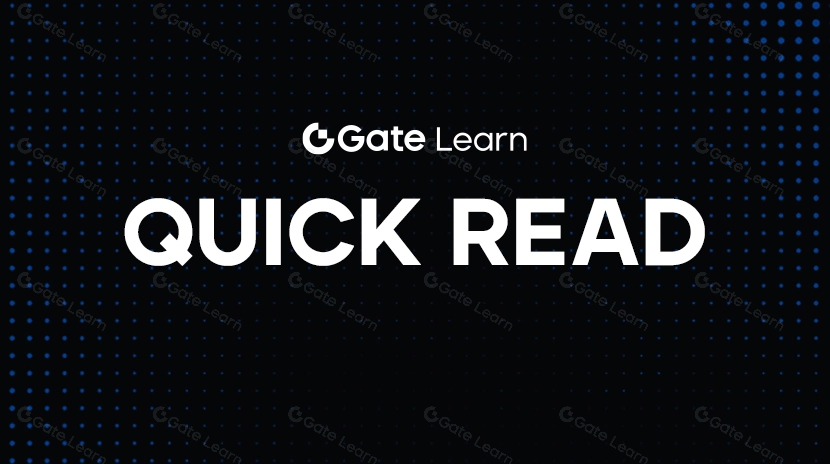
Piコインを売却する方法:初心者向けガイド
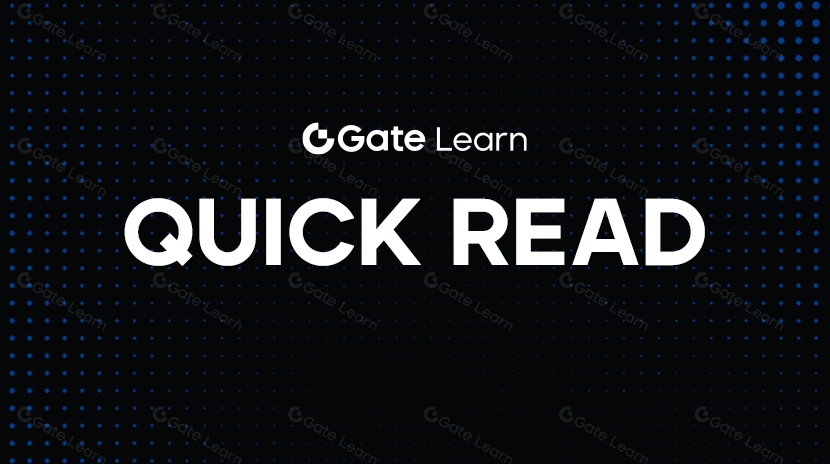
Forkast (CGX): ゲームやインターネット文化向けに構築された予測市場プラットフォーム
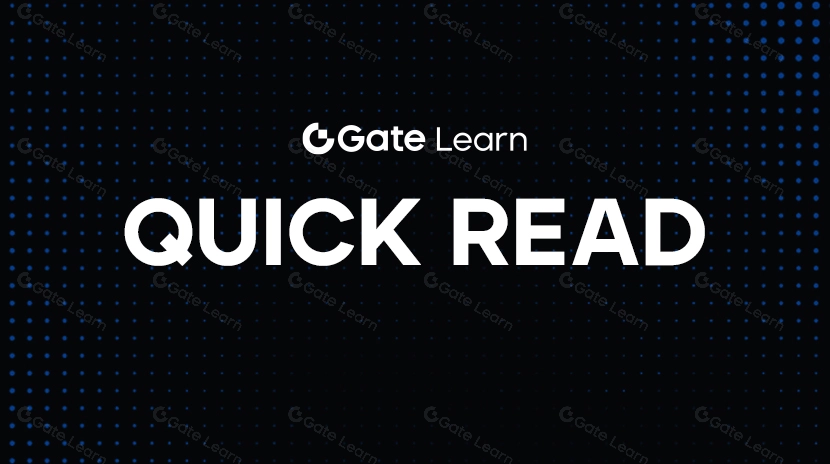
Radiant Multi-Signature Attackを使用したBybitハックの分析を例に

$MAD: MemesAfterDark – The Ultimate Degen Token
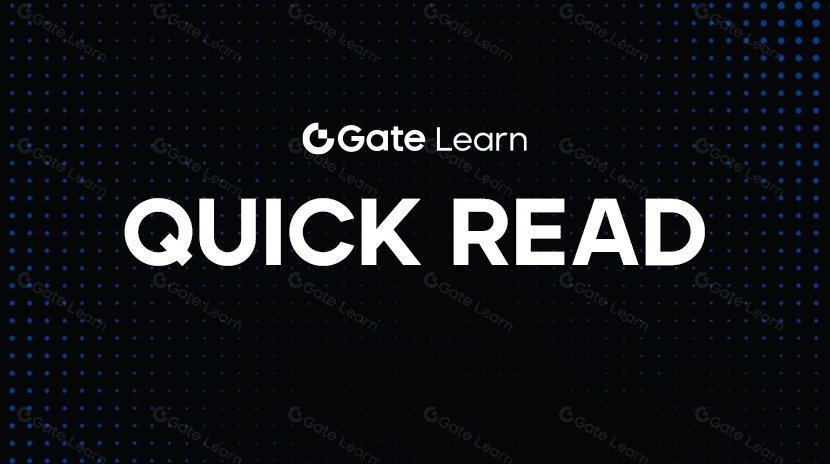
Piノード:誰もが参加できるブロックチェーンノード
